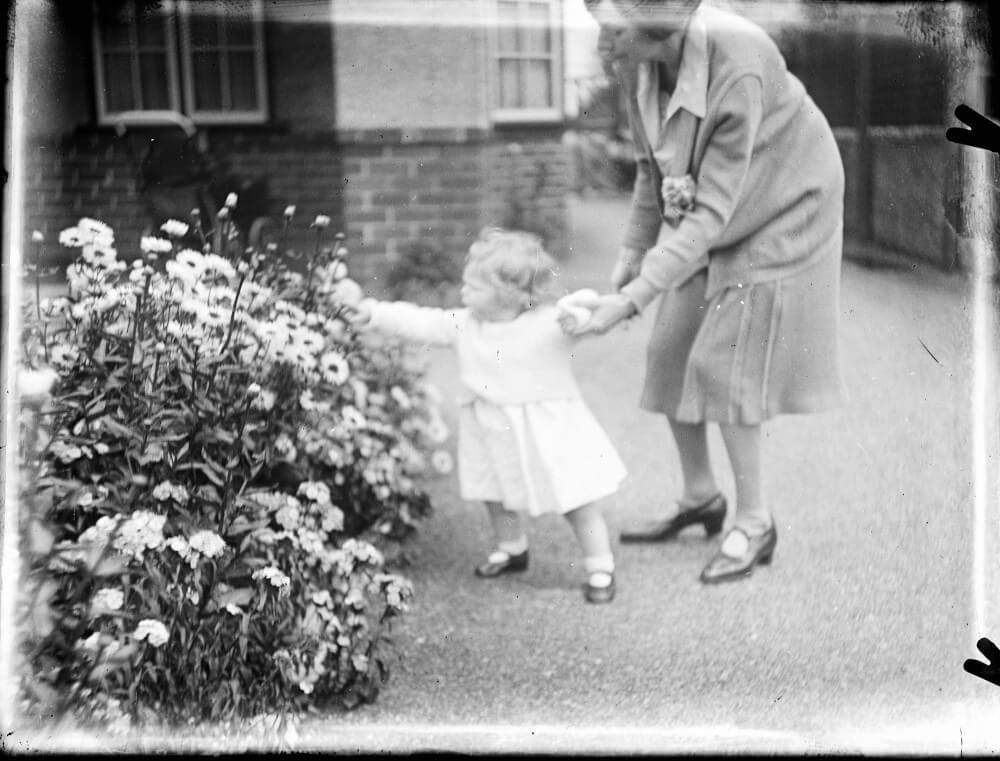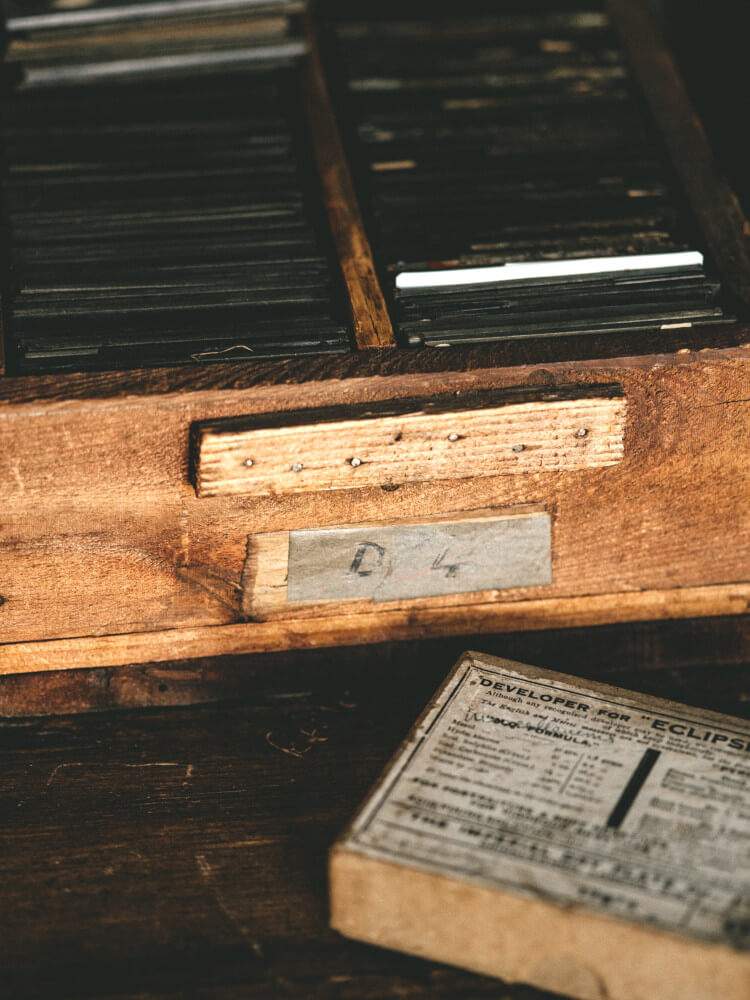
Digitise Glass Photo Plates
Glass photographic plates are a rare and beautiful piece of history that we are especially excited by here at EachMoment. Although glass plate photography techniques are still used on occasion today, the majority of glass negatives in existence will probably date from the Victorian era. These delicate examples of historical photography will get special care and attention while we work to preserve the images for future generations and continue the legacy that the first photographers have left for us to enjoy.
How We Digitise Glass Negatives
Glass photo plates are already fragile, thanks to the material, but their old age further complicates matters. The emulsions used during the development of the glass negative can become flaky over time, so we take extreme care when handling these. We use a combination of manual tools that can be applied sensitively as well as high-spec scanners that will create the best possible digital recreation of the images.
Our digitisation process is quite simple:
- We send you a Memory Box in the box and you fill it with your memories (get in touch in advance to request additional packing material to protect your glass negatives). The box is collected from you and tracked to ensure secure delivery to EachMoment HQ.
- Once on the premises, all the plates are handled using latex gloves in a dust-free environment to minimise contamination of the emulsion.
- Any pre-existing dirt and dust is gently removed from the plates using compressed air, microfibre cloths or an ultra-soft brush.
- Scans are taken with an ultra-high resolution scanner to create a super high quality digital image (4800dpi).
- Digital editing tools are used to convert negatives into positives and to remove any blemishes or marks where possible.
- Images are transferred to your preferred storage option.
- All the original glass plates are returned safely to you, along with your new digital images.
Why should I digitise my glass negatives?
Glass photo plates are among the most fragile photographic formats and perhaps the most precious – glass plate photography is where photography began! So finding ways to preserve the images on original photo plates is essential.
The potential for cracking and shattering is always possible, particularly if they aren’t properly stored with protective packaging. The emulsion on the surface of the glass negatives is also at constant risk of distortion. The chemicals continue to degrade over time and can become flaky. With our state of the art digitisation process, we can put a stop to that deterioration and preserve historic photographs with authenticity and respect for our venerable predecessors.
A Brief History of Glass Plate Photography
Glass plate photography was one of the earliest widespread techniques for capturing still images.
A “wet-collodion” process was invented in the mid-nineteenth century. This involved coating glass slides in carefully prepared chemical solutions which were exposed and then doused in silver nitrate immediately after exposure to create a light-sensitive emulsion that would bring out the negative while still wet – hence sometimes being called “wet-plates”. This cumbersome and fiddly process meant photographers of the era had to carry a portable dark room as well as the heavy camera itself. In spite of the practical difficulties, the images themselves were worth the effort because the chemicals were so sensitive that fantastic detail could be achieved, even at the beginnings of photography.


Why wait? Convert your slides to digital now!
Once these steps are complete, your slides are fully converted to digital and DVD, giving your images a new lease of life. It’s now time to relive and share your restored memories. Preserving your precious memories and gifting an EachMoment Memory Box to a friend or family member is an especially touching way to remind those closest to you how much you care about them. Whatever the special occasion, the memories enclosed in an EachMoment Memory Box, together with our Luxury USB option always make the most thoughtful gift.
Contact Us
“A lovely company to deal with” — Eloise
You can send us an email at [email protected].
You can give us a call on 01603 291 552.
Or you can leave us a message in the contact box below, and we’ll get back to you.
We’re always happy to help.

